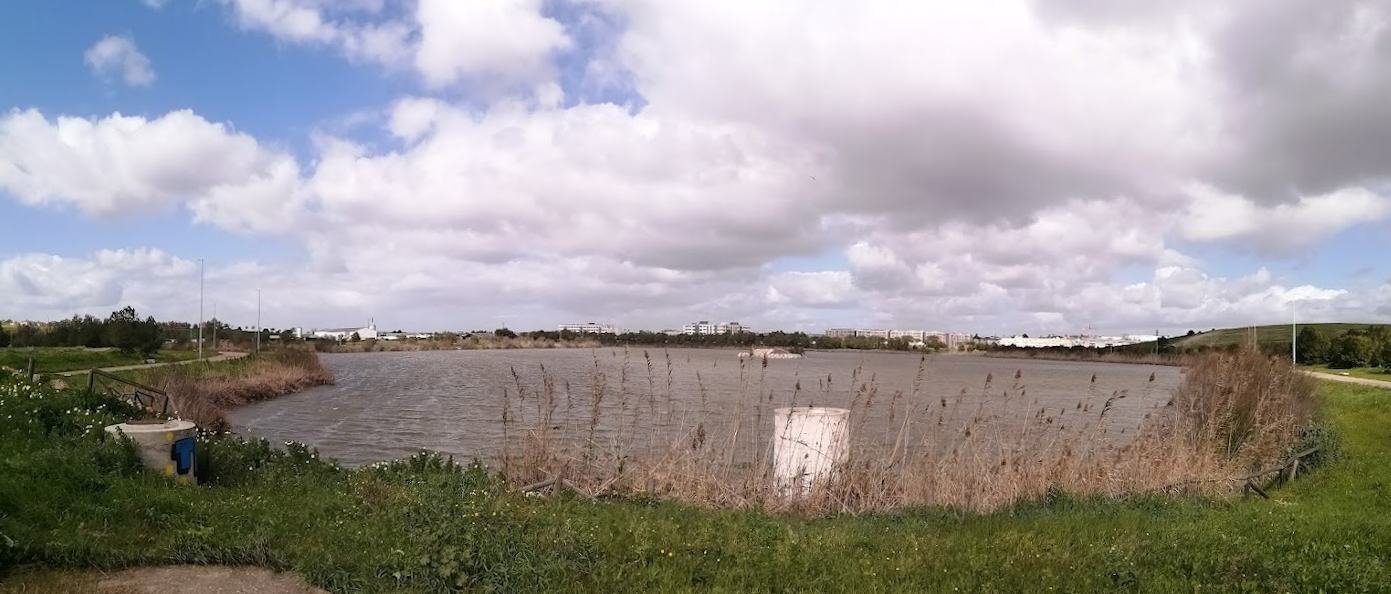
A faded and rusting sign by the entrance tells the story:
In the area of Los Tornos, the Disciplinary Battalion of Working Soldiers No. 1 was located and Battalion 46 was also located by the Venta de Ojén (halfway along the Ojen valley and still in use well into the 2000s). The camp was there during the months of August, September and October of 1941. Its Republican prisoners built this section of road during these months.
The prisoners were mustered in battalions of about 700 to 1,000 prisoners. Each battalion in turn was divided into four companies of about 200 prisoners and each company, due to the needs of the works they were carrying out, could be separated into detachments of indeterminate number, or joined with other battalions or companies.
In the case of the Disciplinary Battalion of Working Soldiers number 46, after ending up in Los Tornos they went to the Tarifa area from November to carry out the toughest jobs in the installation of the El Vigia Coastal Battery
The living conditions that these men endured were extreme and were aggravated, in the postwar context, by being the losers of the war. Hard work, lack of hygiene, hunger, cold and diseases such as exanthematic typhus or diarrhoea, ended the lives of many of them.
It's a measure of the brutality with which prisoners were treated that even Mussolini's foreign minister, Galeazzo Ciano, was shocked by what he witnessed saying "They are not prisoners of war, they are slaves of war".
According to one historian, 90,000 Republican prisoners were sent off to 121 labour battalions and 8,000 to military workshops. Thousands of prisoners were forced to work building dams, highways, etc in a system persisted into the 1960s. Exactly how many died due to the brutality with which they were treated, the poor food they were given and the unsanitary conditions in which they were kept is difficult to establish but certainly runs into many tens of thousands.
It is something to ponder when you drive or walk along many of the tracks and minor roads in the area and elsewhere in Spain many of which were constructed using such slave labour.
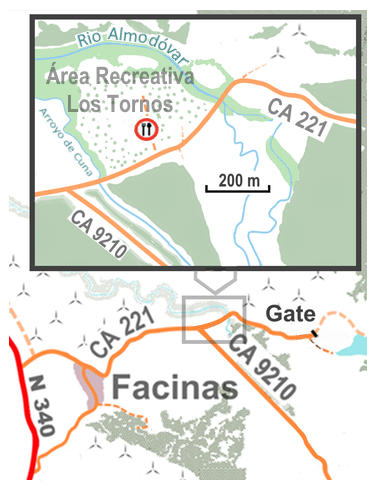
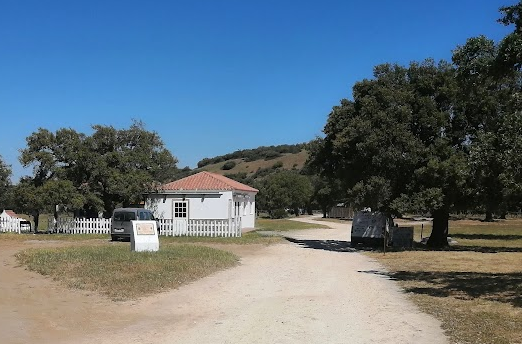
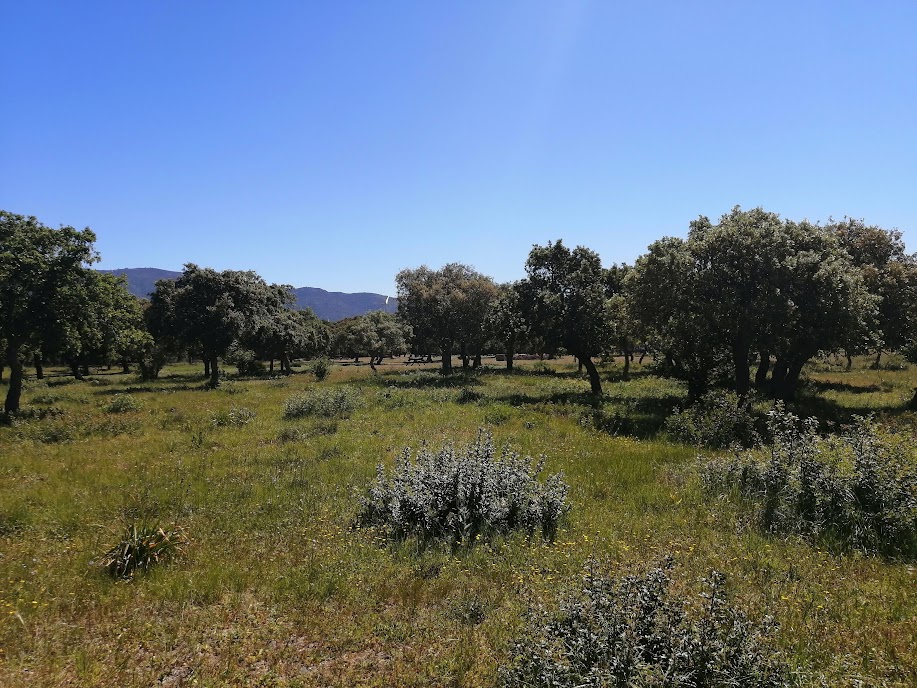
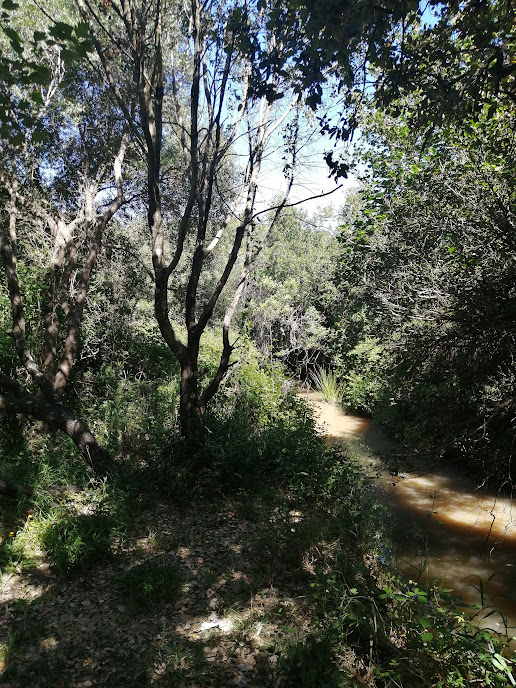
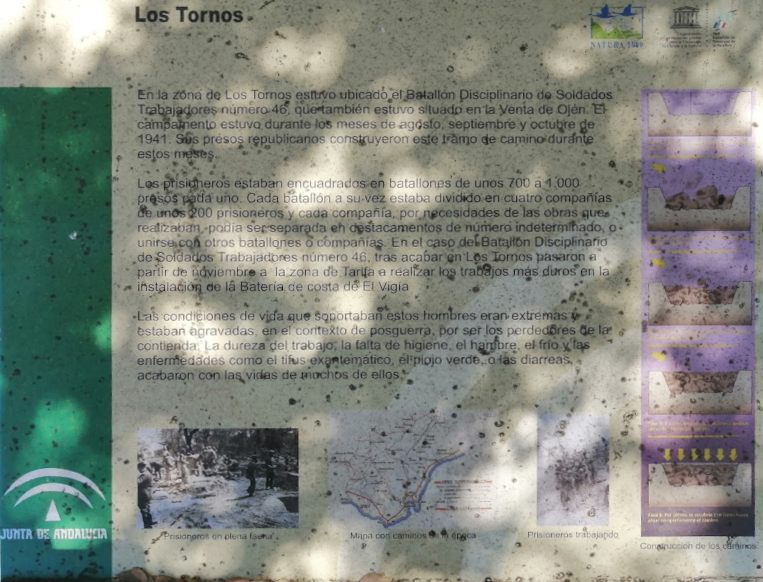

 RSS Feed
RSS Feed
